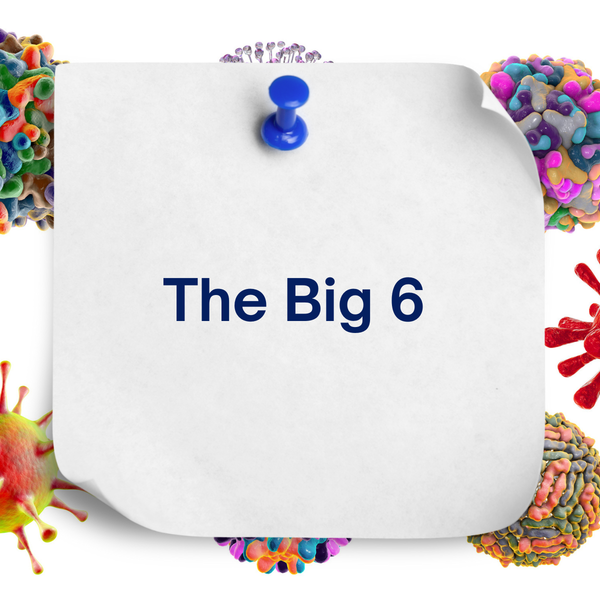
Hepatitis A
Clinical Name: Hepatitis A Virus Infection (HAV) Common Name: Hepatitis A What Is Hepatitis A? Hepatitis A is a highly contagious liver infection caused by the hepatitis A virus (HAV). The virus spreads through person-to-person contact or by consuming contaminated food or water. Hepatitis A usually causes a mild, short-term illness, but in some cases—especially among older adults and people with preexisting conditions—it can lead to liver failure and death. Source: CDC, WHO Introduction

Certivance








